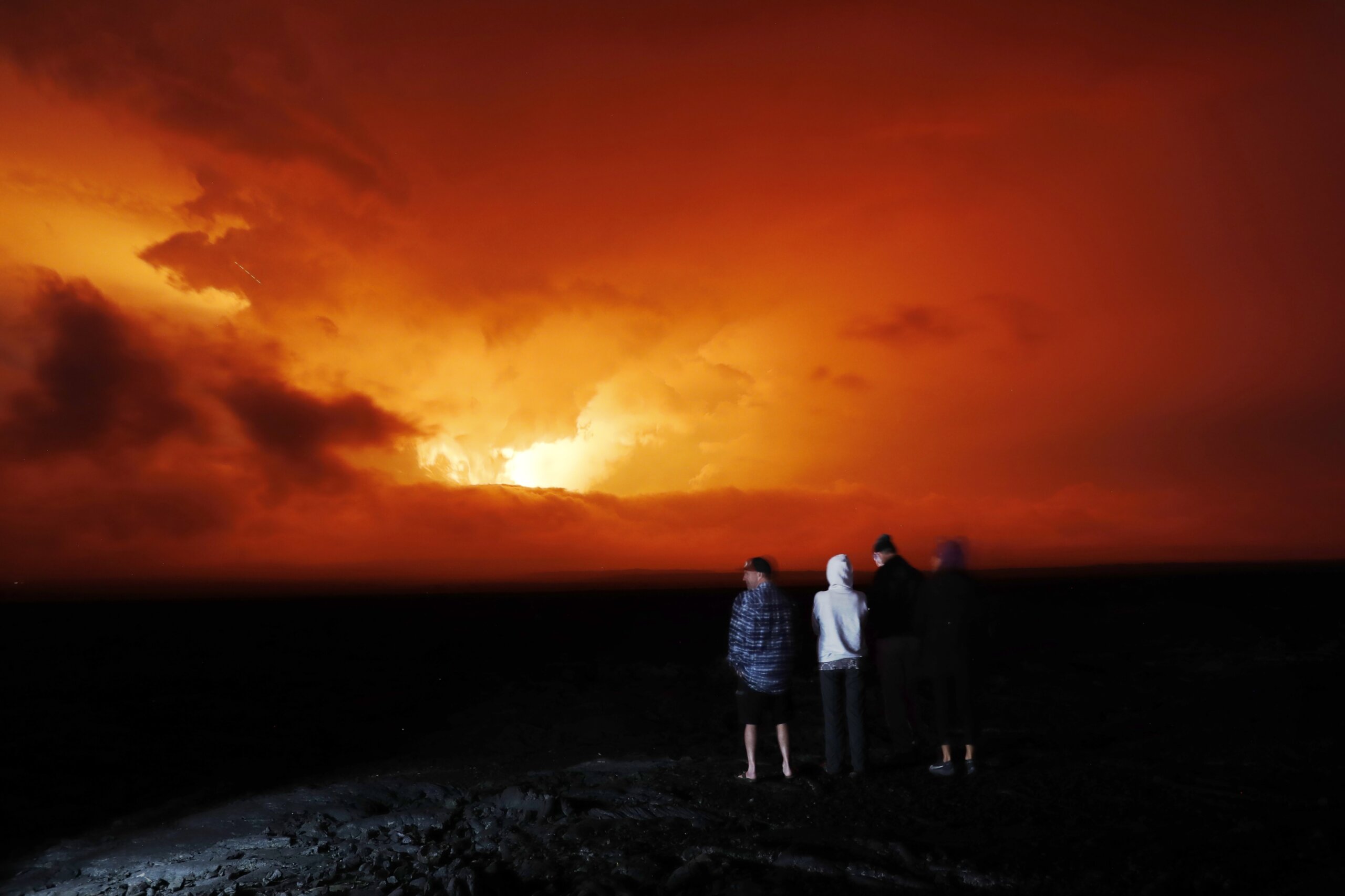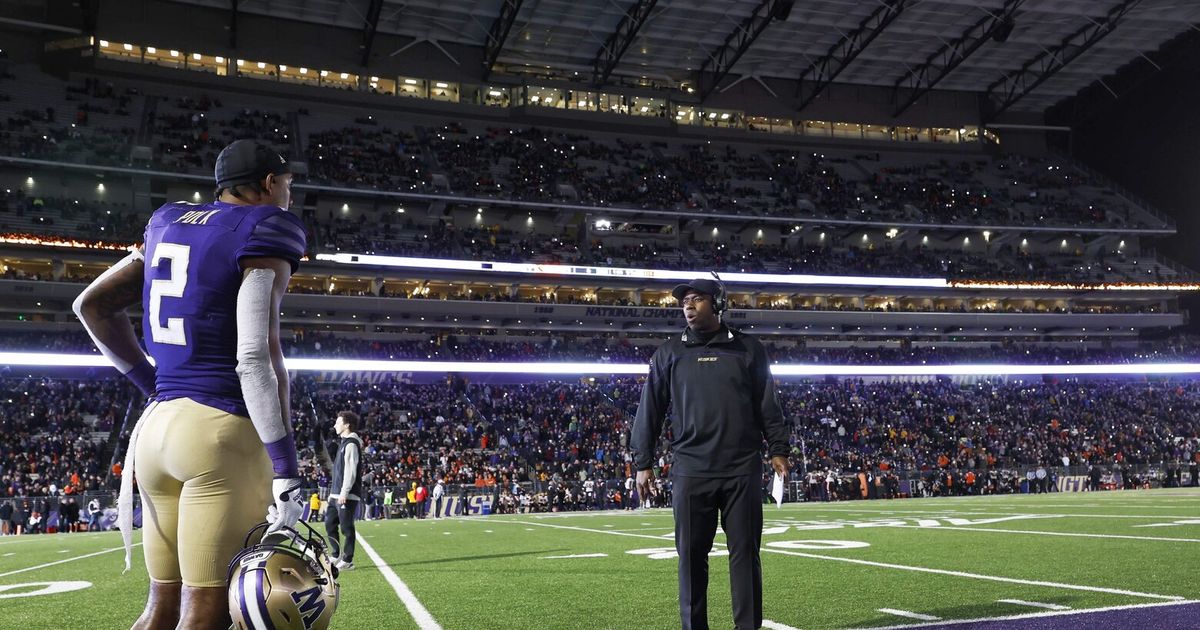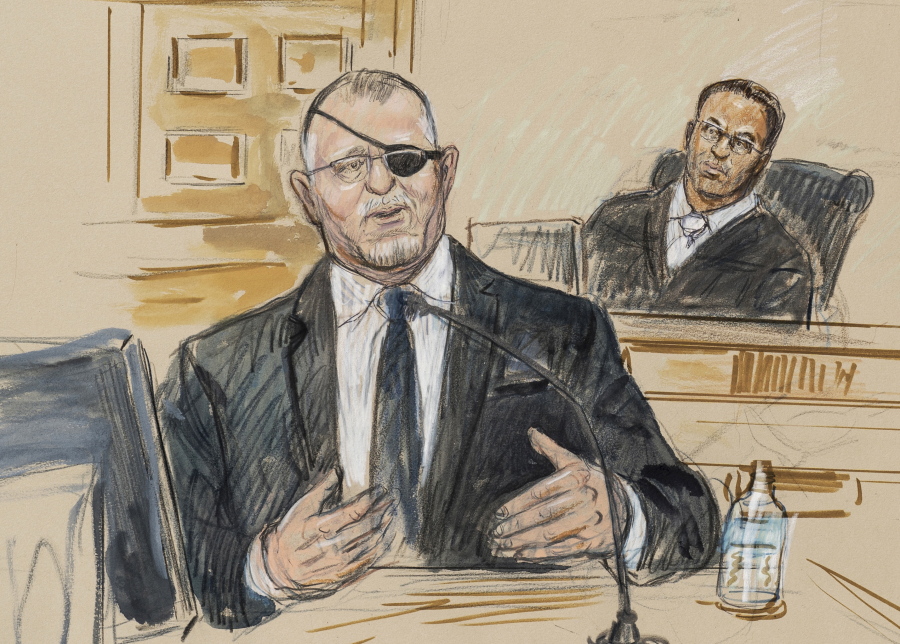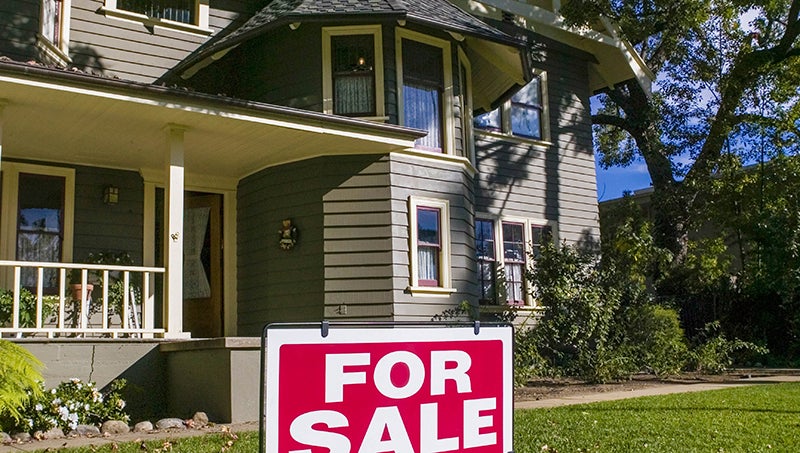The first eruption of the world’s largest active volcano in 38 years is drawing spectators to a national park for “breathtaking” views of the event and bringing back bad memories for some Hawaiians who have had terrible volcanic experiences in the past.
HILO, Hawaii. the past
Just four years ago, Nicole Skilling fled her home near a community where more than 700 homes were destroyed by lava. She moved to the South Kona area just to pack a car with food and supplies this week after Mauna Loa erupted late Sunday.
Officials were initially concerned that the lava flowing down the volcano’s slope would head toward South Kona, but scientists later assured the public that the eruption had moved to a rift zone on Mauna Loa’s northeast flank and was not threatening any communities.
Still, the uncertainty is somewhat unnerving.
“It happened last night, so I really haven’t had a lot of time to worry about it, basically,” Skilling said Monday. “And luckily, it’s in the Northeast Rift Zone right now. But if it breaks from the western side, then we are talking about access to a large populated area. … That’s why I have a little bit of PTSD.”
Although there were no evacuation orders, some people decided to leave their homes, prompting officials to open shelters in the Kona and Kau districts. Hawai’i County Mayor Mitch Roth said very few people stayed overnight and they are closing Tuesday.
“Obviously, the danger to the Kau and Kona areas is gone, so there’s no longer a need for a shelter,” Roth said.
Even so, some in the area were bracing for the unpredictable changes.
Kamakani Rivera-Kekalalio, who lives in the southern Kona community of Huken, kept supplies such as food and blankets in his car.
“We’re being neglected for nothing,” Rivera-Kekalalio said, using the Hawaiian word for ready.
Ken Hon, chief scientist at the Hawaiian Volcano Observatory, said Tuesday that the lava is flowing “not very fast,” at less than 1 mile per hour. It moved down about 6 miles (10 kilometers) from Saddle Road, which connects the east and west sides of the island. The flow is likely to slow down about 4 miles (6.4 kilometers) from the road when it hits more level ground.
The smell of volcanic gases and sulfur was thick in the air Tuesday along Saddle Road, where people watched as a vast lava flow crept closer. The clouds parted to reveal a great column of gas and ash rising from the open top of the vent above the stream.
Governor David Ige issued an emergency declaration.
“We are grateful that the lava flow is not affecting residential areas at this time, allowing schools and businesses to remain open,” he said in a statement. “I am issuing this emergency declaration now to allow emergency response services or to limit access if necessary as the eruption continues.”
Lava crossed the Mauna Loa observatory’s driveway Monday evening and knocked out power to the facility, Hone said. It may move toward downtown Hilo County, he added, but it could take a week or more.
Meanwhile, scientists are trying to measure the gas released during the eruption.
“It’s just very early in this eruption right now,” Hohn said.
The eruption draws visitors to Hawaii Volcanoes National Park, which is open 24 hours a day. “The view was spectacular,” especially before sunrise and at night, park spokeswoman Jessica Ferracan said.
Visitors can currently see two eruption events: the glow of Kilauea lava lake and the lava fissure of Mauna Loa.
“It’s a rare case that we have two eruptions at the same time,” Feracon said.
Hilo resident Lea Ferreira said she doesn’t plan on being one of those spectators. And this eruption does not bother her, because she remembers the last one in 1984.
“It’s nothing. She came out quietly, very quietly, she said, referring to Pele, the Hawaiian deity of volcanoes and fire. “In 1984, you could see the stream high in the air.”
Ferreira said she only saw a sliver of light and “a very small amount of lava” from Hilo.
Some people drove up to get a closer look, but Ferreira refused: “I’ll let her do her thing.”
___
Kelleher reported from Honolulu. Audrey McAvoy in Honolulu contributed.
Copyright © 2022 The Associated Press. All rights reserved. This material may not be published, broadcast, written or distributed.







